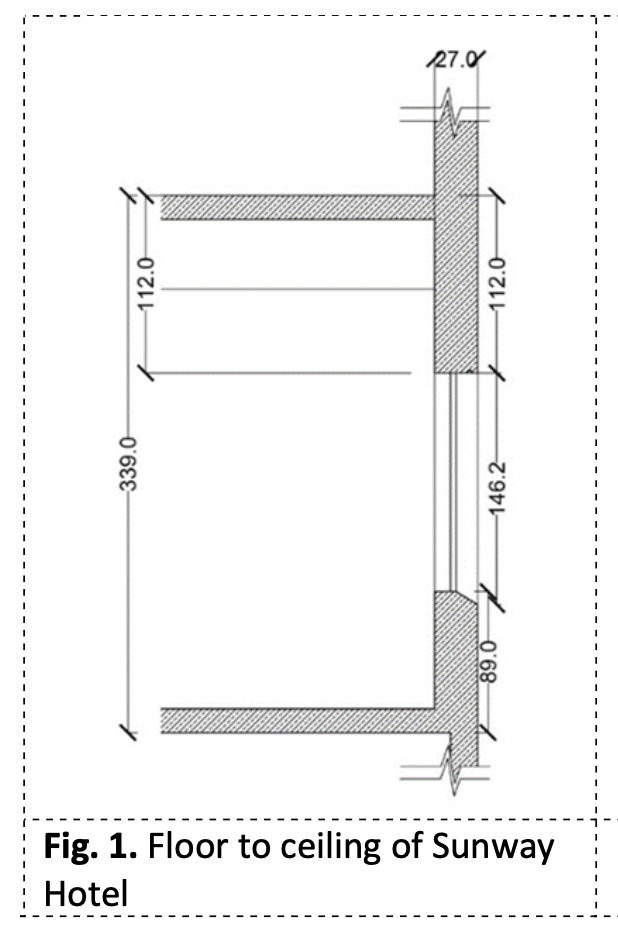Comparative Analysis of Conventional and Modern High-Rise Hotels in Penang based on Hourly Simulation of Cooling Load Performance using DesignBuilder
DOI:
https://doi.org/10.37934/araset.32.3.506517Keywords:
Overall thermal transfer value (OTTV), Hotels, Tropical, Simulation, DesignBuilder, Cooling LoadAbstract
The study examines the energy efficiency performance of hotel façades in relation based on the annual cooling energy consumption simulation. In achieving the objective, two case studies of high-rise city hotels are selected within the locality of Penang, Malaysia. The case studies are selected based on the year of construction coupled with the architectural styles encompassing conventional and modern design of hotel facades. In the traditional design of hotel facades, passive design elements including proper selection of window and wall materials alongside window-to-wall ratio (WWR) are less significant. Comparatively, elements of passive design in the modern hotel facades are notable. In assessing the thermal performance of the hotel façade, a case study of the conventional and modern high-rise city hotels in Penang are selected to undergo hourly cooling load simulation of hotel guestroom using the DesignBuilder program in establishing the hotel’s energy efficiency performance. The findings revealed, the average annual cooling energy of the conventional and modern high-rise city hotel guestroom is 553 kWh/m2 and 538 kWh/m2 respectively. The study concludes the elements of passive design including WWR, window material selection, and external wall colour are crucial in determining energy efficient hotel operations.
Downloads





























